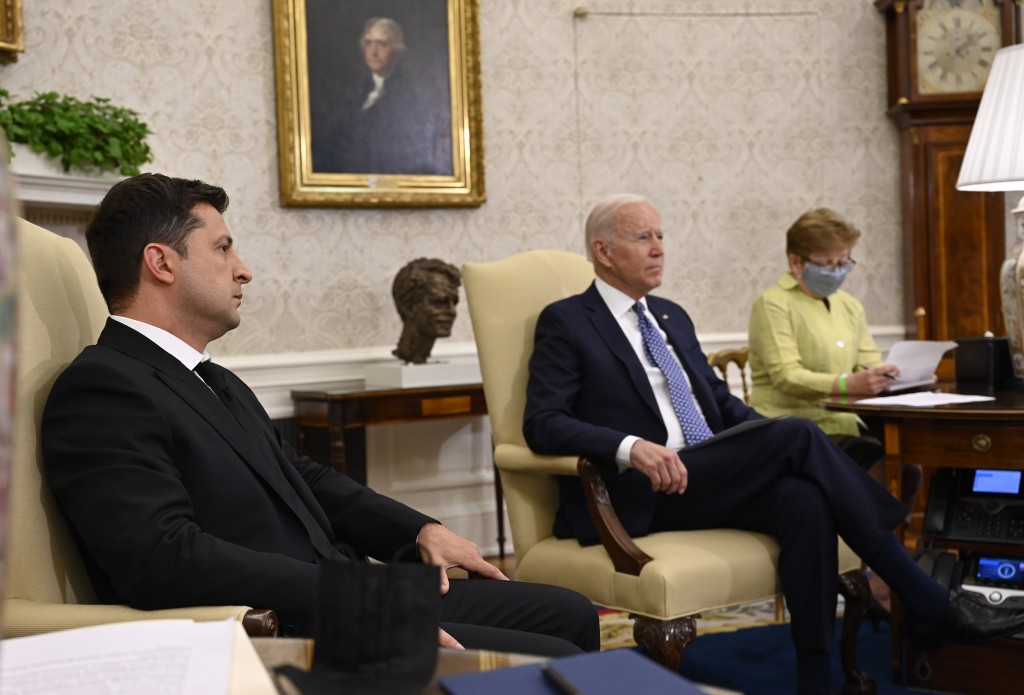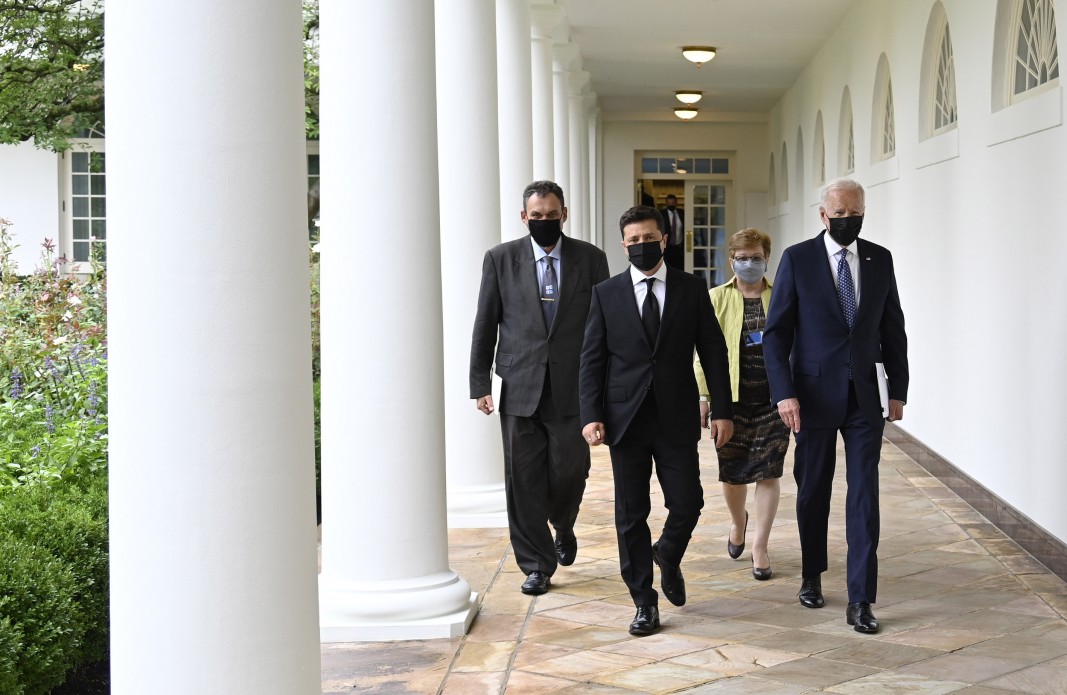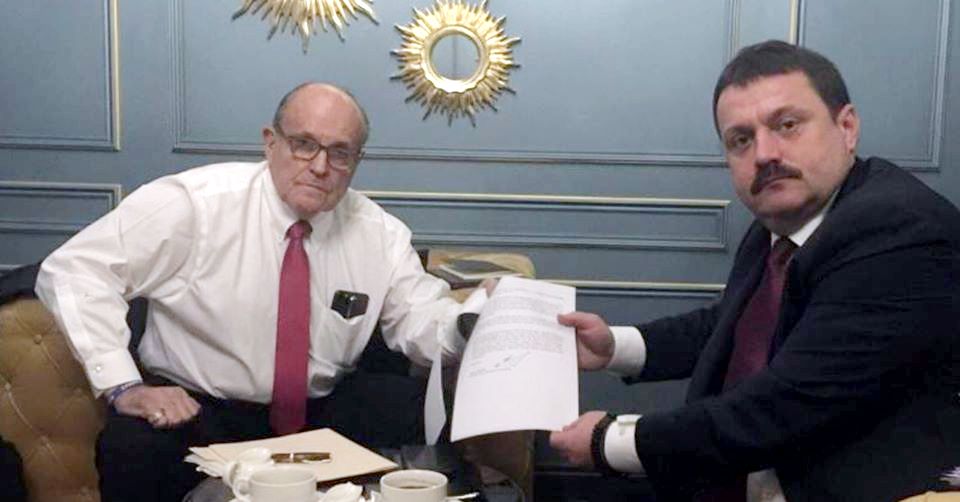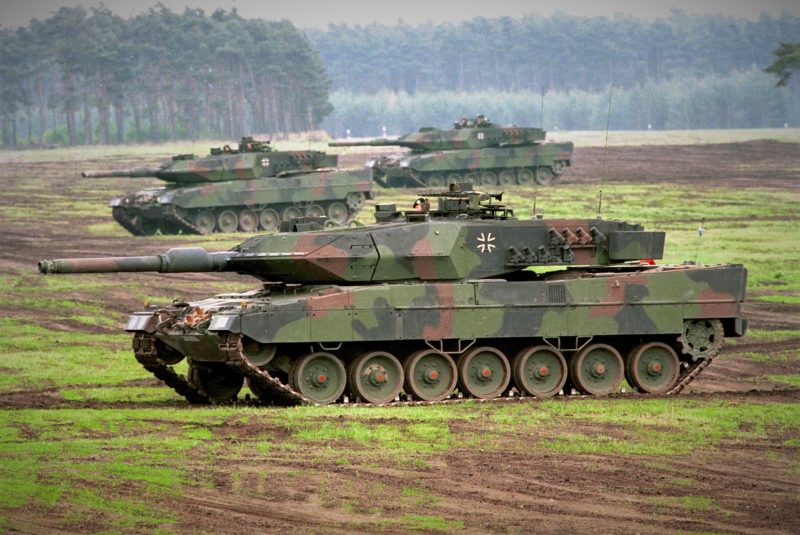This is Part 2 of the analysis. To read Part 1, please click here.
The Joint Statement on the US-Ukraine Strategic Partnership was released during President Volodymyr Zelenskyy’s Washington visit (Whitehouse.gov, President.gov.ua, September 1), but surprisingly it carries no signatures. This document’s two direct predecessors, in 2008 and 2018, respectively, had been signed by the US secretaries of state and the Ukrainian foreign ministers.
This document falls, on the whole, short of substantiating the notion of strategic partnership as such. It does not spell out the major, shared national interests and mutual strategic objectives underlying such a partnership. The United States has yet to focus on integrating Ukraine (along with like-minded allies) into a coherent strategy of containing Russia in Europe’s East.
US military assistance to Ukraine is not commensurate to the challenge. According to the Joint Statement, that assistance has totaled $2.5 billion since 2014, including more than $400 million in 2021 (of which $60 million, previously appropriated but held up by the White House in the spring, is finally being disbursed now). Ukrainian commentators ruefully compare these amounts with the $88 billion that the US spent on Afghanistan’s army and police forces, averaging $4.4 billion annually, to no strategic payoff. Ukraine itself bears the heaviest defense spending burden in Europe, at 5.4 percent of GDP in 2020 and 5.93 percent of GDP in 2021 (USCC.org.ua, August 27).
Kyiv had hoped that Zelenskyy’s Washington visit and the resuscitated US-Ukraine Strategic Partnership could elicit US approval of certain defensive weapons systems for delivery to Ukraine. The tranche just announced in the Joint Statement (see above) includes another consignment of Javelin anti-tank missiles, along with non-lethal articles. Senior Ukrainian government officials identify air-defense, anti-missile defense, and coastal-defense systems among the most urgent needs that are yet to be met (Liga.net, September 2; Ukrinform, September 6). Foreign Minister Dmytro Kuleba said in disappointment that Ukraine must turn to other countries, since “air defense and missile defense are major holes that must be filled” (Ukrinform, September 6).
In his meetings with Defense Secretary Lloyd Austin at the Pentagon and with President Joseph Biden at the White House, Zelenskyy highlighted Russia’s threats to freedom of navigation in the Black Sea basin. He called for a “collective response” through a more substantial and regular presence of US and allied navies in the Black Sea; and he announced he had submitted specific proposals in that regard (Ukrinform, President.gov.ua, August 31, September 1, 2). The Joint Statement, however, does not mention this vital issue for Ukraine.
The Joint Statement looks weak regarding Ukraine’s goal to join the North Atlantic Treaty Organization (NATO). It reads, “Sovereign states have the right to choose their own alliances… The US supports Ukraine’s right to decide its own future foreign policy course free from outside interference, including with respect to Ukraine’s aspirations to join NATO” (Whitehouse.gov, President.gov.ua, September 1).
This latter sentence is taken ad litteram from the communiqué of NATO’s June 14 Brussels summit (Nato.int, June 14). That communiqué, however, also restated NATO’s own official position (if theoretical) that Ukraine “will be a member,” referencing as usual the Alliance’s 2008 decision, a Membership Action Plan (MAP) and the Open Door policy. The US-Ukraine September 1 communiqué, however, omits all those points. The Biden White House has already withdrawn its support for a Ukrainian MAP (by unilaterally inserting pre-qualifications that NATO does not require). But the White House could still have agreed to reference those remaining political arguments. Omitting them makes the US administration’s position look weaker even than NATO’s already vague position (see EDM, June 17, September 7). Biden, for his part, merely mentioned Ukraine’s “Euro-Atlantic aspirations” in his meeting with Zelenskyy (Ukrinform, September 1)
Incongruously, under the Joint Statement, “The United States and Ukraine continue to oppose Nord Stream 2, which we view as a threat to European energy security.” They intend to “prevent the Kremlin’s use of energy as a geopolitical weapon.” Nevertheless, the Biden White House has actively cleared the way for Nord Stream 2 as matter of policy choice—one that prioritized Russia over Ukraine. The joint statement no longer mentions the assurances initially given to Ukraine about risk-mitigation, continuing transit or alternative supplies.
On the other hand, the joint document refers to Russia no fewer than five times as an “aggressor” or perpetrator of “aggression” against Ukraine, and three times as “occupying” Ukrainian territories. It restates “full support for the Normandy format aimed at negotiating a diplomatic resolution of the Russian-led conflict in eastern Ukraine on the basis of international law.” No mention is made of the Minsk “agreements” here or in other statements made on this occasion. The reference to international law, therefore, gains credibility for the first time through its decoupling from the Minsk “agreements,” as these contravene international law (see Part One in EDM, September 7). The decoupling, however, is inconsistent with “fully” supporting the Normandy format, which is based on the Minsk “agreements.”
The Joint Statement commits the United States to significant efforts in funding and mentoring Ukraine’s institutional reforms. These efforts are to focus on the judicial and law enforcement systems, energy-sector modernization, corporate management, privatization of state property, improving conditions for foreign investment, and the all-encompassing goal of combating corruption in Ukraine. The US government would allocate $463 million in assistance to Ukraine for these and other reforms in the current US budget year.
In the humanitarian sphere, the United States has budgeted $45 million in additional assistance to Ukraine this year. The US has provided $306 million in humanitarian assistance to people affected by the war in Ukraine’s east (local and internally displaced) from 2014 to date.
Within the Joint Statement’s overall framework, US and Ukrainian government agencies signed a number of sectoral agreements during Zelenskyy’s visit. They are preponderantly agreements of intent or memoranda of understanding for joint projects in Ukraine, and preponderantly in defense- and security-related sectors.
The Pentagon and Ukraine’s Ministry of Defense signed a Strategic Defense Framework for defense and security cooperation. The Ukrainian defense ministry expects that this framework agreement would lead to “robust training and exercise programs,” help modernize Ukraine’s armaments and equipment, advance Ukraine-NATO interoperability, improve transparency in Ukrainian defense procurement, support freedom of navigation in the Black Sea, and strengthen cooperation between the two countries’ defense intelligence agencies. But it comes with the big caveat that “All activities are dependent upon availability of forces, resources, funding, and authorization” (Mil.gov.ua, August 31). This policy document forms the basis for a number of technical agreements that were signed at the same time.
US and Ukrainian government agencies have signed on this occasion an agreement on maintaining a secure 24/7 communications link (to be located in the Ukrainian government’s communications office and the US Defense Threat Reduction Agency); an agreement on Research, Development, Testing, and Evaluation of armaments and military-technical cooperation; and a memorandum of understanding (MoU) on Space Situational Awareness, for information sharing to facilitate space flight safety (Mil.gov.ua, Ukrinform, August 31, September 1).
The state-owned arms manufacturing concern Ukroboronprom signed agreements with Lockheed Martin on research and development projects, with Harris Global Communications on procurement of its equipment, with Global Ordnance on unspecified defense products, and with Day & Zimmermann Lone Star on building joint production lines in Ukraine. These projects are valued at $2.5 billion in total, subject to funding (Ukroboronprom.com.ua, September 1).
Washington and Kyiv have agreed to hold a meeting of the US-Ukraine Strategic Partnership Commission in Washington this autumn and approve an updated Charter on Strategic Partnership. The Commission’s previous meeting took place in Washington in November 2018, chaired by then–Secretary of State Michael Pompeo and then–foreign minister Pavlo Klimkin. That meeting created the Commission’s three working groups: on Security and Countering Russian Aggression, on the Rule of Law, and on Economy and Energy (Kmu.gov.ua, November 17, 2018). The Commission’s plenary meetings were supposed to be held annually, the next one in Kyiv; but US political turmoil derailed the process.
Zelenskyy’s visit had the low status of a “working visit” and did not feature a joint press conference with Biden. After this, Zelenskyy hopes to see Biden visit Ukraine. The last US president to come to Ukraine was George W. Bush, in April 2008. Biden last visited as Vice President in January 2017.
This is Part 2 of the analysis. To read Part 1, please click here.
Kyiv faces a two-fold task in its relationship with Washington: to convince the United States that supporting Ukraine against Russia represents a fundamental Euro-Atlantic interest, and that Ukraine is strong enough on its own to be an attractive ally to the United States.
Further reading:
- No NATO plan for Ukraine. What Zelenskyy and Biden promised
- Ukraine and USA sign joint statement on strategic partnership
- Four setbacks to Western credibility in Ukraine (Part 1)
- Four setbacks to Western credibility in Ukraine (Part 2)
- Blinken’s debut in Ukraine: A case for managing expectations
- US-Germany Nord Stream 2 agreement — a victory for Russia
- Biden-Putin summit sparks political confrontations inside Ukraine
- All you wanted to know about the Trump-Zelenskyy scandal





